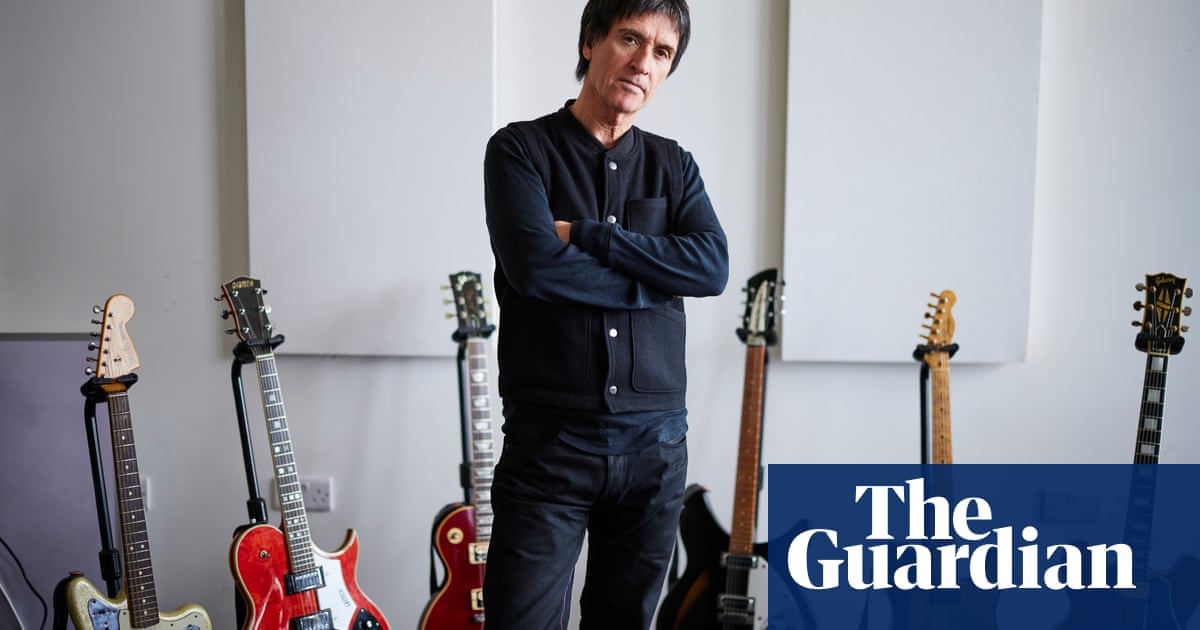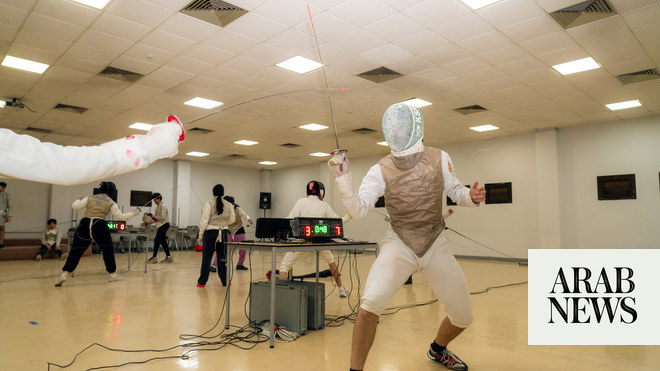
Queueing for three billion years might sound like an ordeal, but the Natural History Museum has made it a thrill. When the daily stampede of visitors in their thousands now exits the pedestrian tunnel connecting South Kensington station to the grand London institution, they will embark on a journey of several aeons.
“We want to get people to walk through geological time,” says Dr Paul Kenrick, lead scientist for the museum’s new evolution garden. He is standing at the tunnel exit, where two cliff faces of rock sheer up on either side of a ramp, forming a rugged canyon of stacked strata. It looks like the result of a violent tectonic rupture: the rocky walls shoot forcefully outwards, as if fissured from the depths of the Earth, framing views of a prehistoric forest of ferns beyond.
The journey begins with Lewisian gneiss, the oldest, hardest rock in the country. Formed around three billion years ago, it was hauled here from the Outer Hebrides, where the blocks had been lying as leftovers from building a causeway. Next come hefty slabs of pink Torridonian sandstone, then greenish Cambrian quartzite and purple Welsh heather slate, as visitors progress up through the sloping gulley of geological history. “You travel five million years every metre,” adds Kenrick. “Although, to be true to scale, the Precambrian period should start half a mile down the road.”
This mineral gorge makes for a striking entrance to the museum’s £25m, five-year overhaul of its gardens. Five acres of underused lawns and shrubs have been transformed into an immersive odyssey through the history of life on this planet – and a living laboratory for how it is adapting to our rapidly changing climate. Designed by architects Feilden Fowles with landscape firm J&L Gibbons, it is a captivating evolutionary stroll through deep time from the earliest mosses and liverworts, to the emergence of tree ferns and carboniferous forests, and on to the arrival of flowers, savannahs and finally woodland, surrounding a lush pond that teems with wildlife.
Along the way, the geological features mirror the botanical timeline, showing how what lies beneath the soil has always influenced what grows above it. Benches of solid granite give way to knobbly lumps of pebble-encrusted puddingstone, a sign of higher temperatures 55 million years ago, when London was a subtropical forest. The rocks were donated by a farmer near Hertford, who salvaged them from the construction of a local bypass. Then come chunky slabs of white chalk from Northern Ireland, bristling with nodules of flint, as grasslands begin to cover the gently undulating slopes of the garden. There are plenty of inviting nooks and dells between the meandering paths, ideal places to sit and ponder how humans’ presence on the planet is but the tiniest blip, awaiting the next extinction event.
This primeval scene is watched over by creatures that roamed the Earth for over 500 times longer than we have. Biggest of the bunch is Fern, a new bronze cast of the Diplodocus skeleton model (nicknamed Dippy) that used to occupy the museum’s entrance hall. Fern’s 26-metre-long body stands elegantly amid the Jurassic foliage, its long cantilevered neck and tail cleverly engineered by Structure Workshop to float without visible support, thanks to internal post-tensioned cables.
With a new, apparently more accurate, posture – closer to horizontal, head lowered to sniff out the finest fronds – the majestic creature seems more lifelike than ever. A shrew-like Megazostrodon scuttles at its toes, one of a number of hidden critters scattered throughout the garden for beady eyes to spot.
Observant museum-goers might notice the inlaid tracks of the first mammals coming on to land, while rocks chiselled with wedge-shaped viewing cones direct your gaze to details on the Victorian museum’s facade, like a Pterosaur gargoyle poised to take flight. It is a nice touch that will make you look again at this inventive neo-gothic cathedral to nature.
With all that paleobotany to gawp at, you might not immediately spot that two new buildings sensitively incorporated into the landscape. A cafe pavilion, opening in September, nestles at the foot of the museum’s strident 1970s extension, finally making use of its defunct, dingy undercroft. “We wanted the buildings to echo the geological timeline,” says architect Edmund Fowles, explaining how its load-bearing stone pillars begin with plinths of fossil-rich Purbeck spangle, then Ancaster hard white and Clipsham limestone, crowned with a concrete lintel, in a nod to the human-centred Anthropocene epoch. Fragments of glass and ceramics are embedded towards the end of the garden’s terrazzo path, in a similar vein (prizes for spotting the Rawlplug). Inside, it is a warm wooden world framed with solid Douglas fir, facing the garden with a botanical display space that can be fully opened up in summer.
A sister building to the west houses a handsome new classroom for school groups and lab space for scientists, with similarities to Feilden Fowles’ own understated studio building in nearby Waterloo. It shares the same material palette as the cafe, but has a pitched, shingle-clad roof with long, low timber eaves that reach out towards the garden, with a stone bench beneath a covered porch. Fun has been had expressing its rainwater harvesting credentials, with run-off directed along a sculptural rill, then into swales and storage tanks below ground.
The former wildlife garden, which few visitors ever discovered, has also been enhanced, its pond enlarged and given a wheelchair-accessible sunken walkway, so everyone can peer over the water without toppling in. Big outdoor tables allow budding Attenboroughs to identify the teeming population of water boatmen, dragonfly nymphs and whirligig beetles. “We asked for a list of resident species,” says Neil Davidson of J&L Gibbons. “And we received a 33,000-page Excel spreadsheet. New things are discovered here all the time, as there are so many scientists studying the garden.”
A network of sensors will now gather environmental and acoustic data, too, from underwater sounds in the pond to the buzz of insect wings, bird calls and traffic noise – to help understand how urban nature is changing. They might also pick up snores emerging from the chunky wooden chaises longues nearby for, says Davidson, “a bit of forest bathing”.
The whole approach stands in stark contrast to the museum’s lumbering Darwin Centre, looming in the background. Built in 2009, it already shows how attitudes to architecture and landscape have moved on. The windowless cocoon, encased in a huge glass box, faces a sterile oval of paved “public space” – partially ripped up as part of the new project and planted with self-seeders, like birch, sycamore and alder.
It shows how similarly soulless, monocultural spaces across our cities could be transformed by using more resilient species, with borders of figs, pomegranates and pine nut trees underlining how London’s climate now verges on Mediterranean. It gives alarming pause for thought, but also reassurance that life of all kinds will continue to thrive on this planet, long after humans are but fossils buried in the next geological layer.












